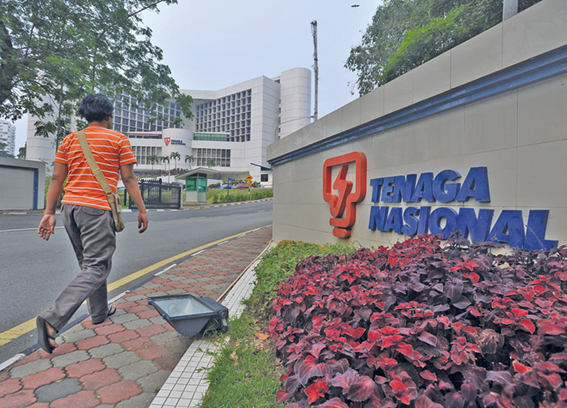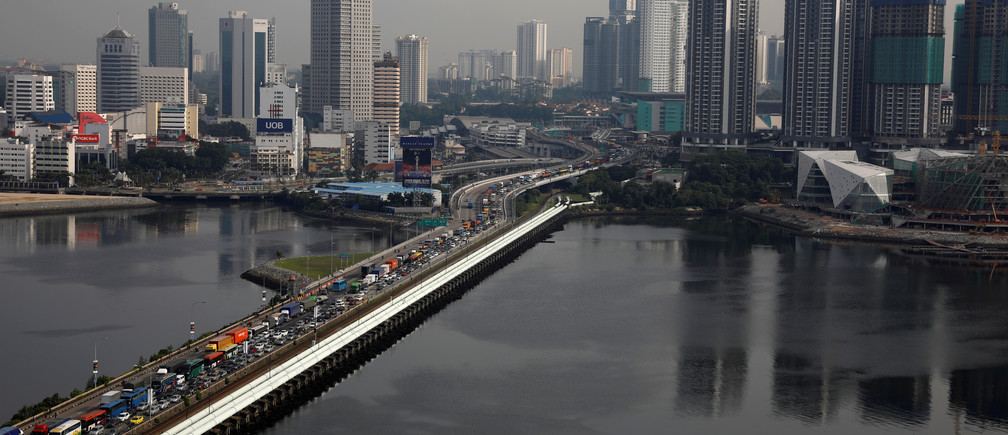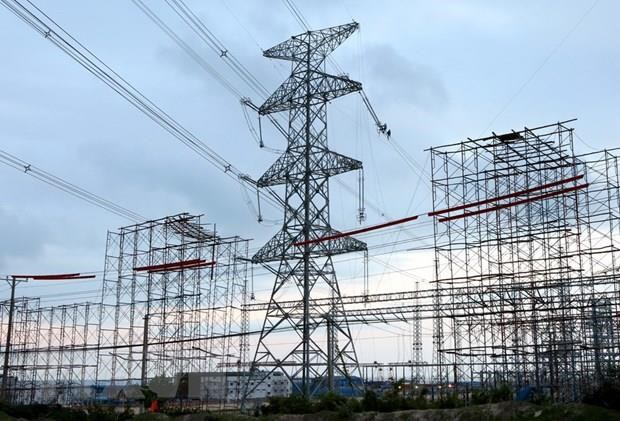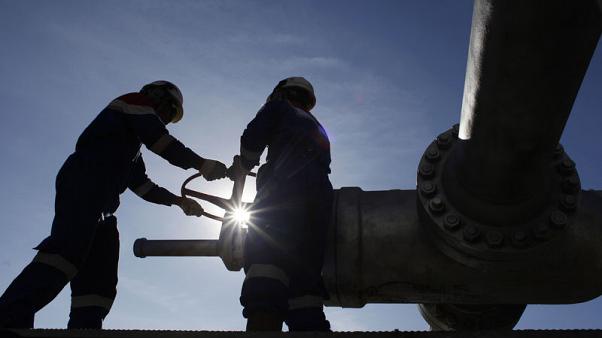- Electricity/Power Grid
–
- Malaysia
TENAGA Nasional Bhd (TNB) will remain a monopoly in Malaysia’s electricity business despite proposed impending changes to the market, while there is no rating impact from the company’s proposed internal reorganisation, according to Malaysian Rating Corp Bhd (MARC).
The rating agency said TNB’s reorganisation — namely, the transfer of its domestic power generation and electricity retail businesses to two new wholly owned subsidiaries — will have no material impact on its overall credit profile.
“TNB will maintain its monopoly status in electricity transmission and distribution in Peninsular Malaysia and Sabah, and have significant electricity generation capacity through its subsidiaries,” it said in a statement last Friday.
MARC expects post its reorganisation, TNB would own a significant portion of the group’s regulated assets and generate the majority of group profitability as it will maintain its single buyer status.
The rating agency continues to impute the high likelihood of government support due to TNB’s role as Malaysia’s principle energy provider and the government’s indirect majority ownership in the utility.
These factors supported a two-notch rating uplift from TNB’s standalone corporate credit rating to AAA, while the company’s RM2 billion Al-Bai’ Bithaman Ajil bonds are rated AAAIS, MARC said.
On July 29 this year, TNB announced it will transfer the assets, liabilities and business undertakings of its domestic power generation and electricity retail segments to two newly-incorporated, but wholly owned companies.
The utility incorporated two wholly owned subsidiaries — namely, TNB Power Generation Sdn Bhd (GenCo) and TNB Retail Sdn Bhd (RetailCo) — and both will operate under the purview of a separate board and management team.
National grid operations and electricity distribution will continue to operate under TNB.
The proposed internal restructuring is aimed at preparing TNB to meet upcoming reforms in Malaysia’s electricity supply industry.
As part of the Malaysia Electricity Supply Industry 2.0, the Ministry of Energy, Science, Technology, Environment and Climate Change (MESTECC) aims to reform the country’s electricity supply industry into a more competitive and robust sector.
This could entail the opening up of the electricity retail market to allow new energy suppliers to come into the domestic market.
If it materialises, a wholesale electricity market could be introduced — whereby consumers can opt to buy electricity from TNB at a regulated tariff or from the wholesale electricity market, similar to what Singapore does via its Open Electricity Market.
Note that TNB’s proposed restructuring is subject to shareholders’ approval; High Court sanction; consent from TNB’s creditors and financiers; and approval from MESTECC, the Energy Commission and the Finance Ministry.
Barring unforeseen circumstances, the restructuring is expected to be completed by the third quarter of next year.
Meanwhile, MARC affirmed its AA-IS rating on Southern Power Generation Sdn Bhd’s up to RM4 billion Sukuk Wakalah with a ‘Stable’ outlook, reflecting the power plant’s steady construction progress and no cost overrun.
Southern Power is a 51:49 joint venture between TNB and SIPP Energy Sdn Bhd to develop a 2x720MW combined cycle gas-fired power plant in Pasir Gudang, Johor.
The project achieved actual construction progress of 82.2% by the end of March this year, ahead by 1% of scheduled progress, while the commercial operation date (COD) is expected on July 1 next year.
“Upon achieving COD, the predictable operational cashflow generated by the power plant on the back of an availability-based tariff structure under a 21-year power purchase agreement with TNB is deemed adequate to meet sukuk obligations,” it said.
The overall project cost remains unchanged at RM4.58 billion, which is funded by a debt-to-equity mix of 80:20.
MARC also has a ‘Stable’ outlook for other TNB-related entities under its coverage — namely, the respective sukuk issuances of Kapar Energy Ventures Sdn Bhd, TNB Western Energy Bhd, TNB Northern Energy Bhd and Jimah East Power Sdn Bhd.














